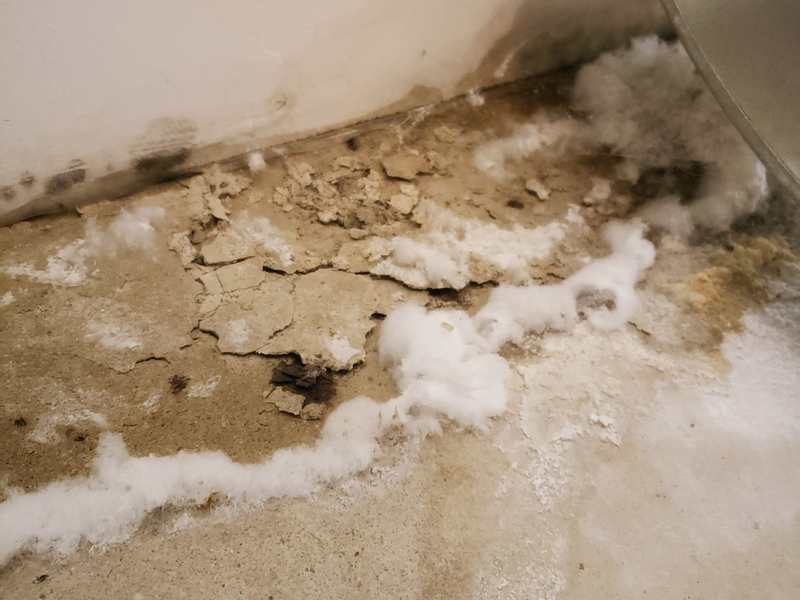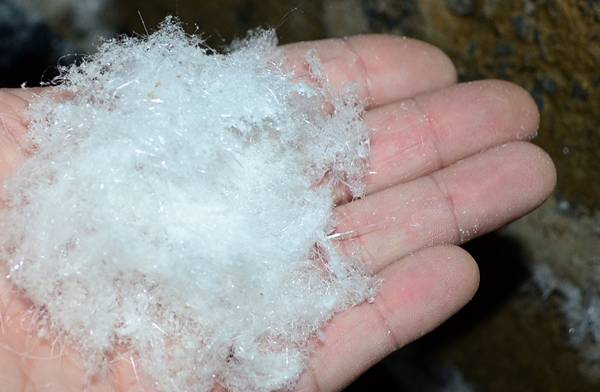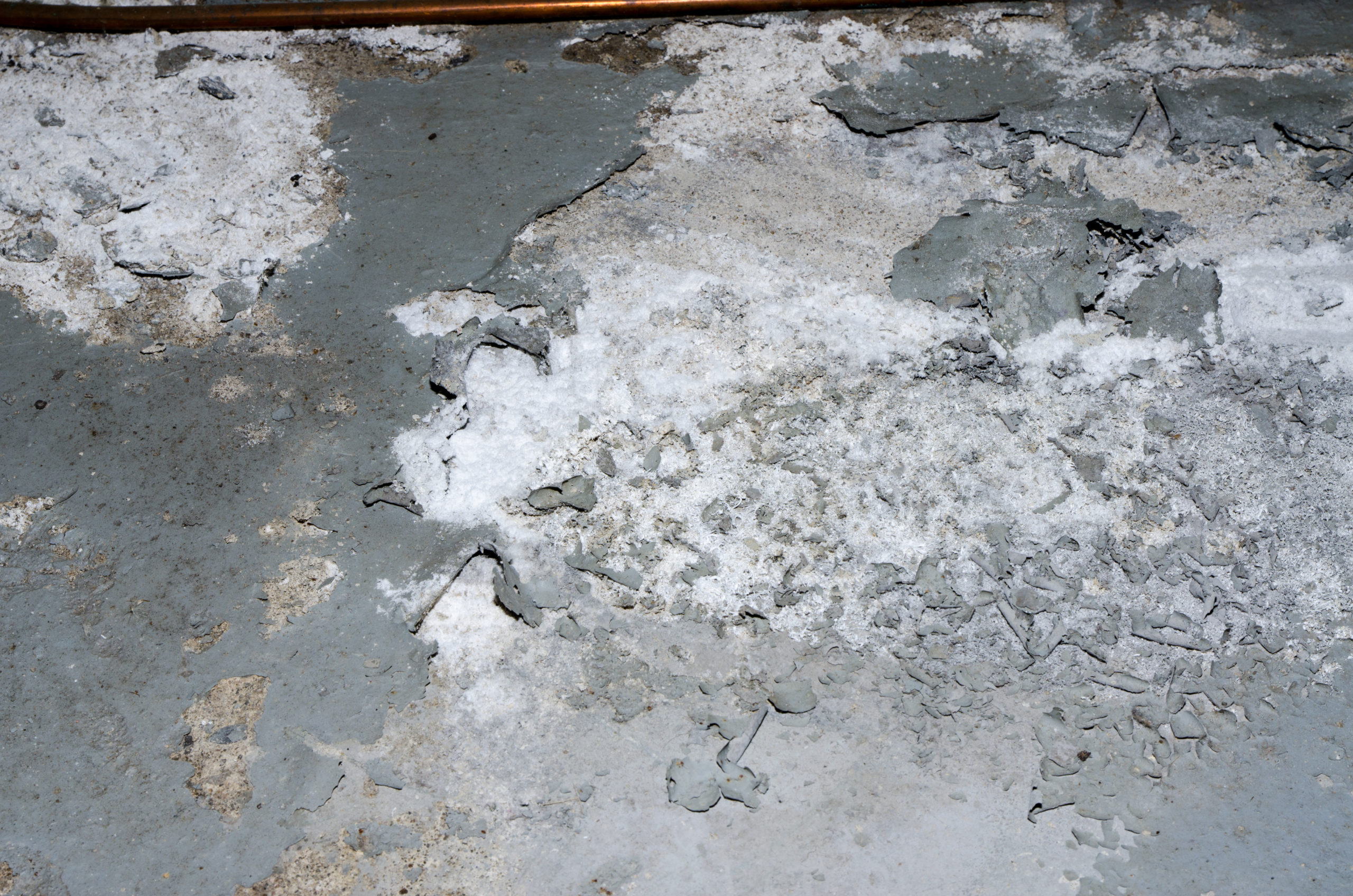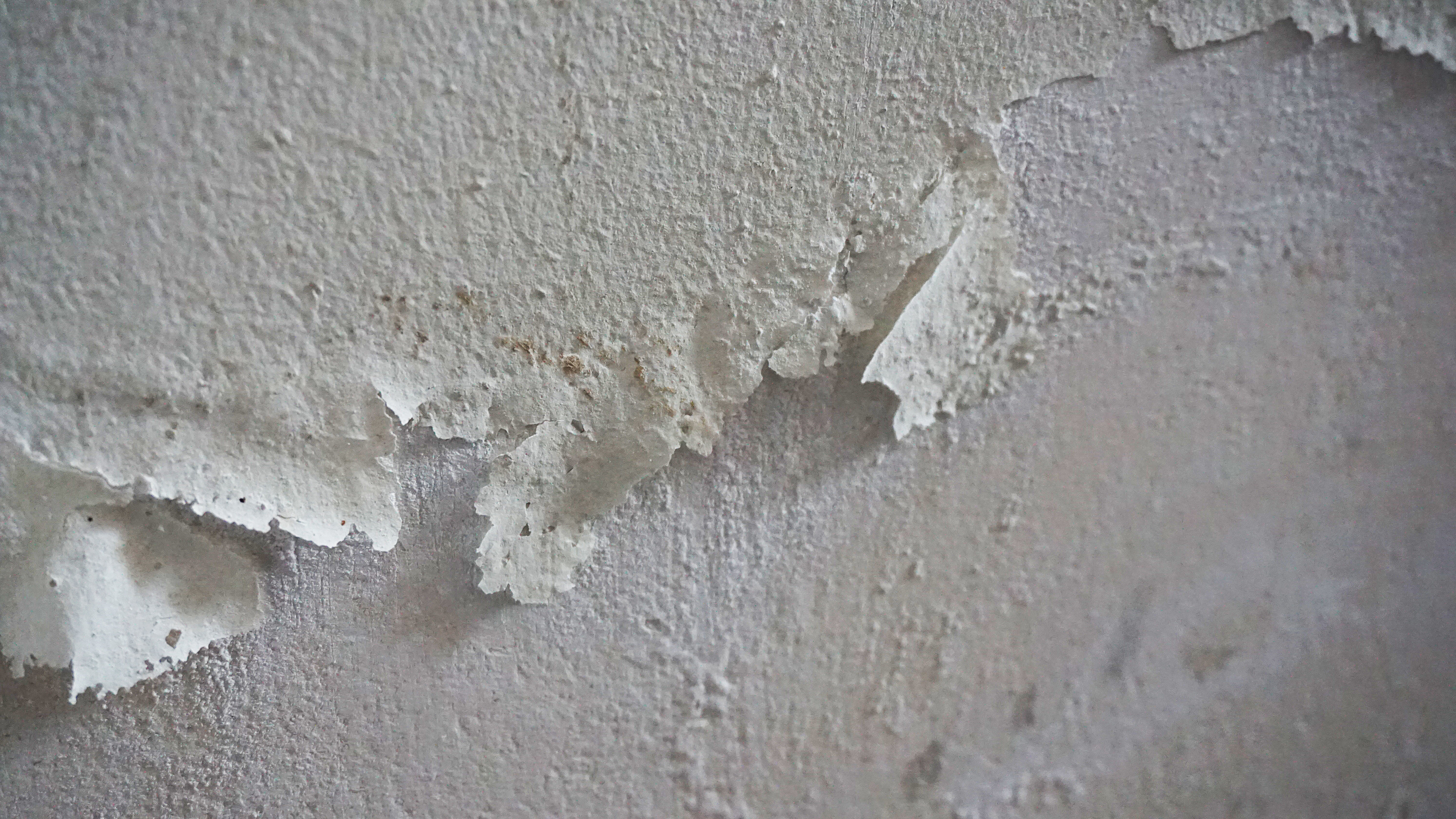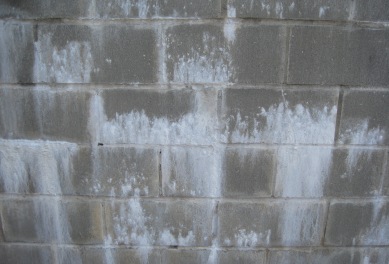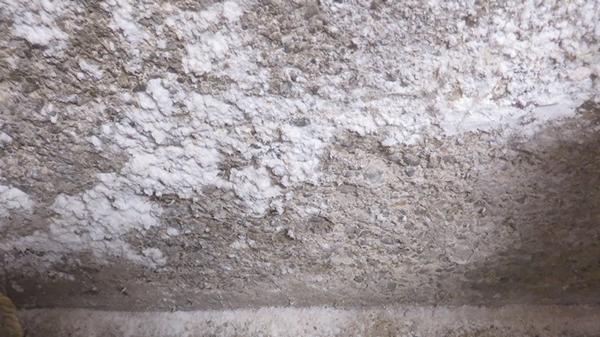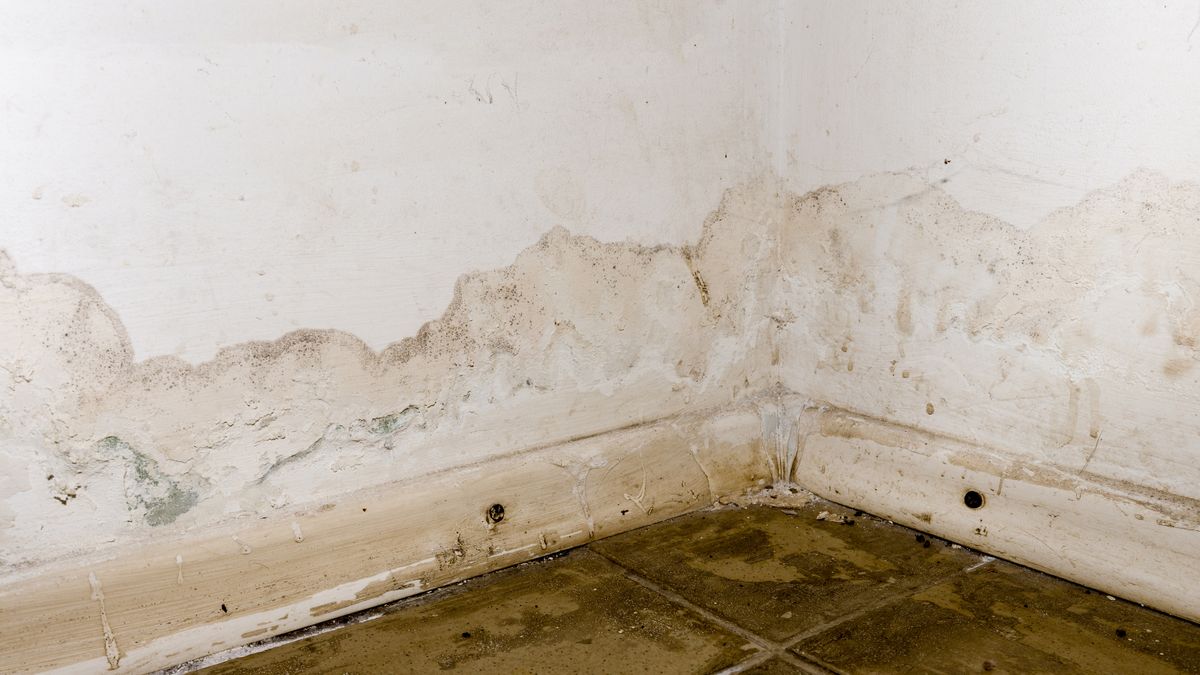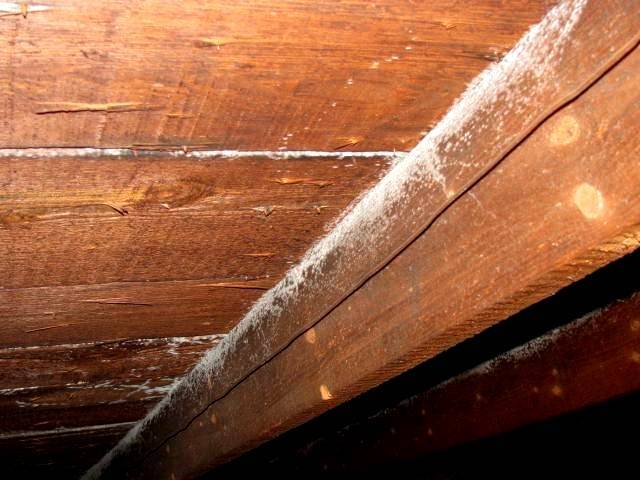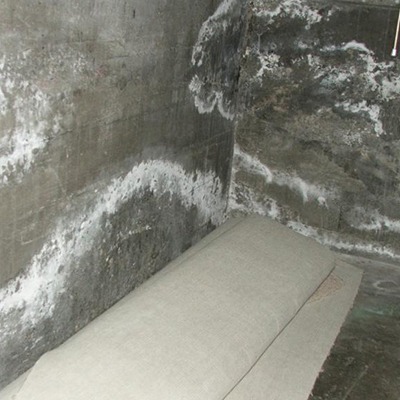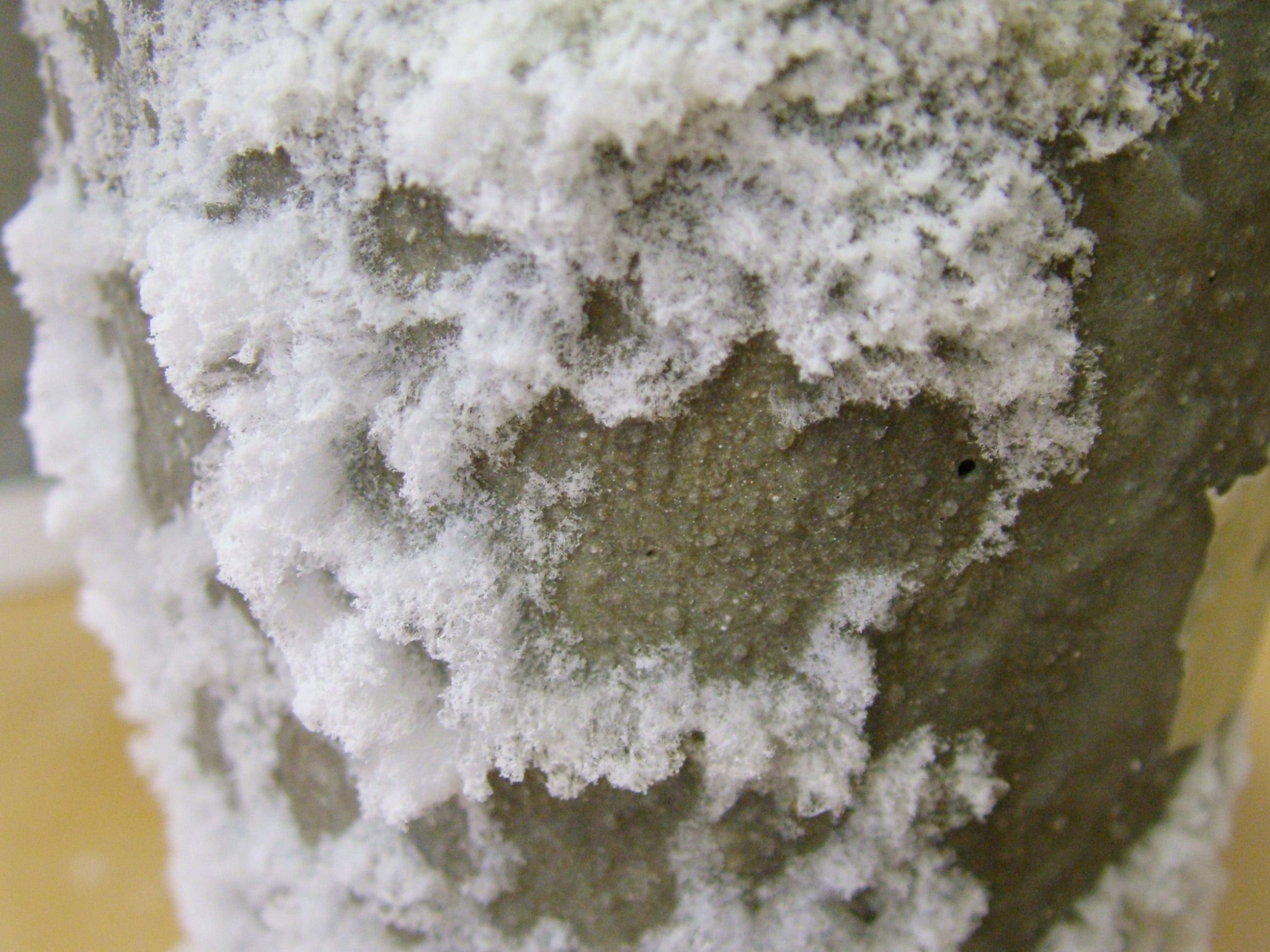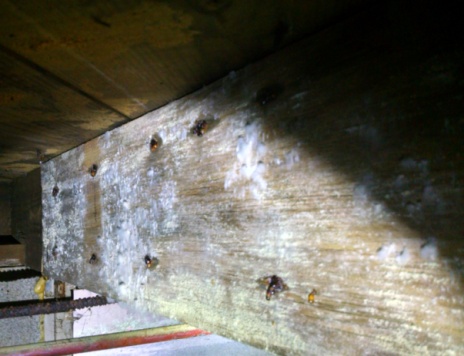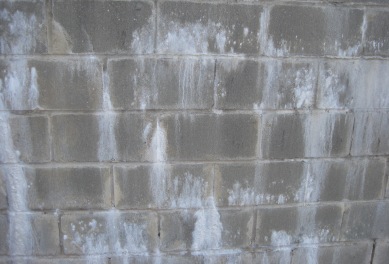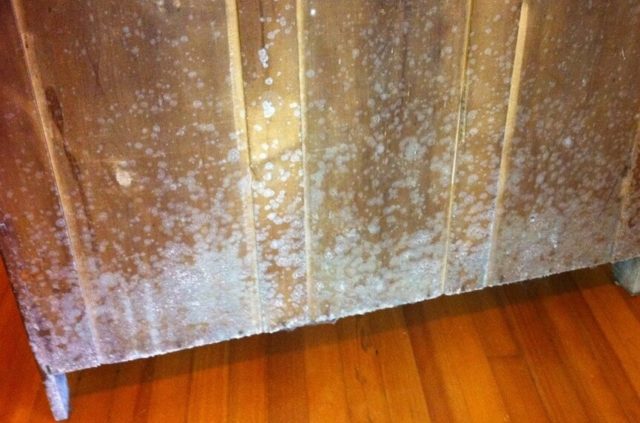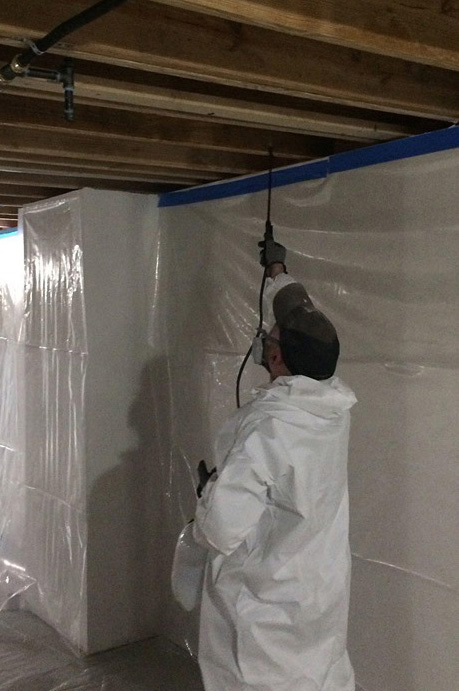In the shadowy depths of many homes lurks an unwelcome intruder: white mold. This ghostly invader, silently creeping across basement floors, is more than just an unsightly nuisance—it’s a harbinger of potential health hazards and structural damage. Unlike its more infamous cousin, black mold, white mold often goes unnoticed, camouflaging itself against concrete and masonry. But make no mistake, its presence signals a complex interplay of moisture, temperature, and organic matter that demands immediate attention. Unraveling the mystery of white mold is crucial for maintaining a healthy home from the ground up.
White Mold In Basement Floor
Polyurea is ideal for basement floors. Unfortunately, it is quite porous thus allowing a great deal of moisture and water to penetrate through. The latter materials also require special abilities & equipments. To be able to consume a drain or waterproofing paint to the basement floor of yours, you should first patch any cracks of the walls.
How to Get Rid of and Prevent Mold Growth on Concrete – Environix
When there is moisture seeping up from your basement floor, you should call a professional to take care of the problem – that will likely involve the assembly of a vapor guard – before previously installing your floor. Not merely does the usage of several colors (contrasting colors do ) that is great make the basement a designer look, although it hides the seams where the carpet floor tiles come together.
How to Identify That White Stuff on Your Concrete Wall – Kryton
White Mold on Concrete ABT Foundation Solutions, Inc.
White Mold In Basement .Types, Health Risks, Removal, Prevention
How to Get Rid of and Prevent Mold Growth on Concrete – Environix
What is white mold? And why is it in your basement Real Homes
Is White Mold Dangerous? How to Get Rid of White Mold
White Mold or Efflorescence Wet block walls with white powder
White mold in basement concrete
How to Identify That White Stuff on Your Concrete Wall – Kryton
Mold or Efflorescence? .How to Tell the Difference
White Mold vs Efflorescence Differences, Dangers, Dealing
How to Get Rid of White Mold on Wood, Plants & Basement
Is White Mold Dangerous? How to Get Rid of White Mold
Related Posts:
